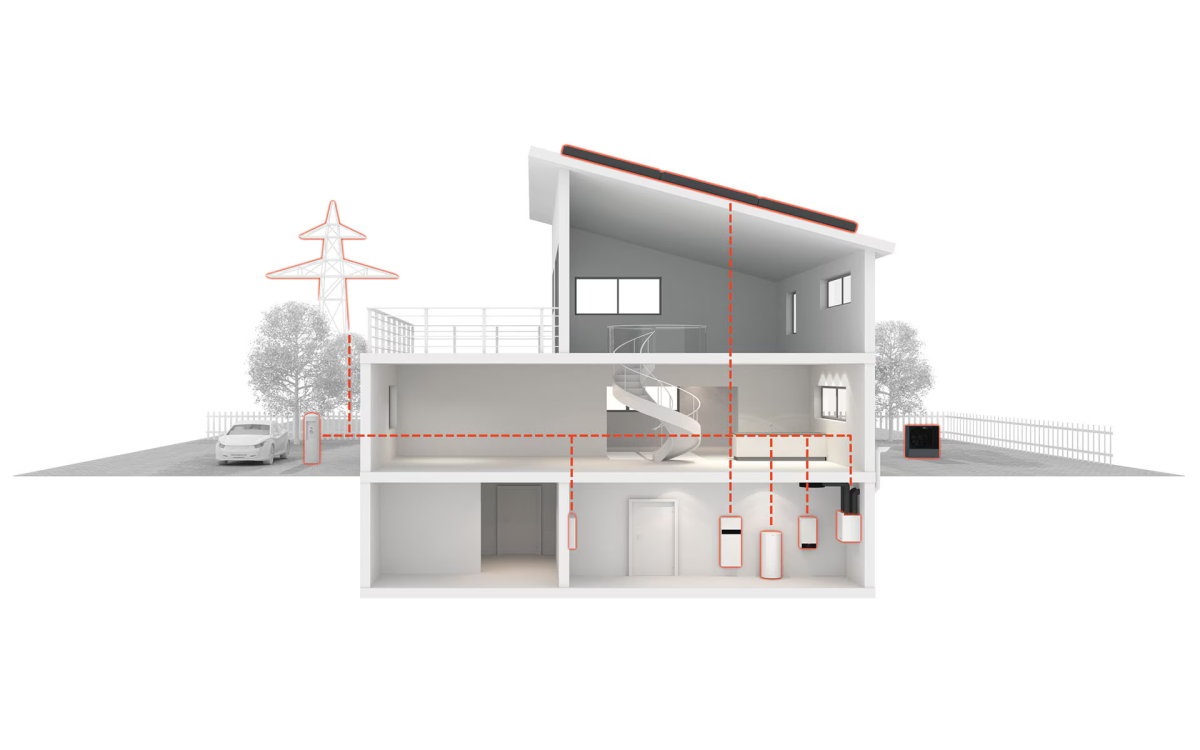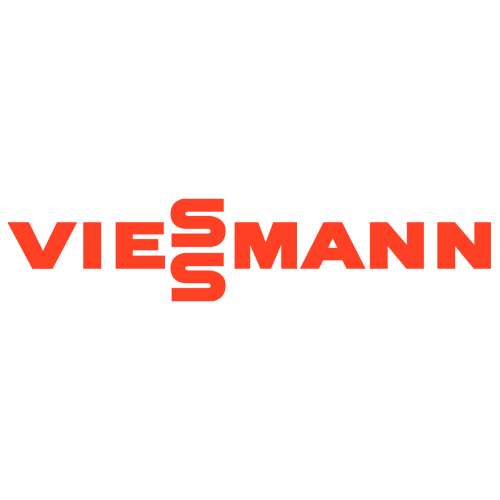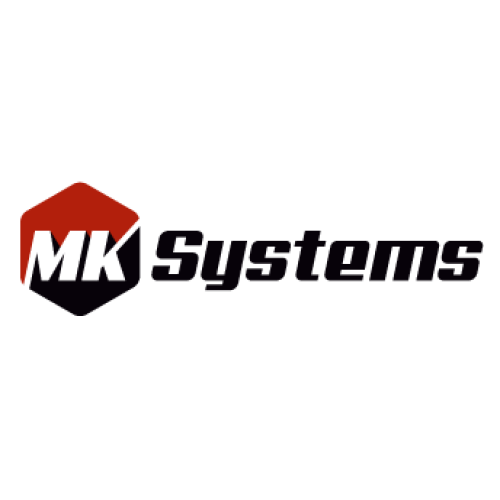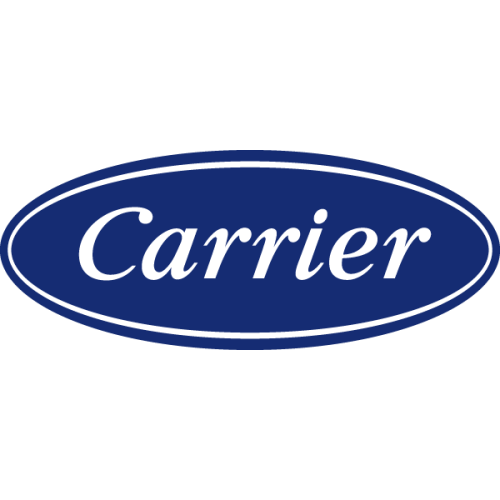Step by Step – Adapting Your Home for the Future
A residential building in northern Hesse, built in 2002, has now been gradually modernised under its owner’s direction and made future-ready.
Step by step – getting your home ready for the future
Those who modernise now will benefit long term from lower energy costs and greater independence. This example shows that even an older building can be made future-ready.
- Maximum self-sufficiency in a single-family home
- Highly efficient Viessmann system technology
- Perfect interaction of system-integrated components unlocks the high performance potential of modern, innovative technologies
Anyone who already thinks long term today and adapts their home to future energy-efficiency requirements can save significantly. National and municipal support for installing heat pumps and renewable systems in Latvia is currently particularly attractive.
Owners of private houses can receive an Altum grant of up to 45% of eligible costs for heat pumps, solar panels and other renewable solutions. In addition, several municipalities offer local co-financing that, depending on the region, reaches up to 2000 €. By combining these support mechanisms, a significant share of the investment can be covered and energy costs reduced substantially over time.
Modern heating and ventilation technologies not only help reduce utility bills but also increase the home’s energy efficiency and future value. With modular, flexible solutions such as Viessmann heat pumps and ventilation systems, homes can be adapted gradually — step by step towards sustainable energy supply. With Viessmann Climate Solutions’ modular approach, residential buildings can be upgraded progressively to meet future demands, as demonstrated by a 20-year-old single-family home in northern Hesse.
Viessmann Climate Solutions is part of Carrier Global Corporation (NYSE: CARR) — one of the world’s leading companies for intelligent climate and energy solutions.
Maximum self-sufficiency with Viessmann climate solutions
“My goal was to be as self-sufficient as possible in the long term,” explains Mark Frankens, who moved with his family a few years ago into the 140 m² home built in 2002. The previous owner had already made sensible investments for the time, such as a hot-water heat pump and a gas boiler. Photovoltaic modules were also on the roof, feeding excess electricity into an energy storage system. Overall, however, it was an outdated mix that the new owners upgraded step by step.
First step: expanding the PV system and adding new battery storage
First, the PV system was expanded with additional Vitovolt modules and the old storage unit was replaced by a modern Vitocharge VX3. Thanks to the home’s favourable location, electricity can now be produced from sunrise — enough to power standard household appliances and become a little less dependent on the public grid.
The Vitocharge VX3 stores solar energy generated during the day but not used in the evening and at night. A key advantage is its modular design, allowing adaptation to almost any individual need. Each of up to three battery modules stores 5 kWh. If more capacity is required, up to five Vitocharge VX3 units can be connected — providing up to 75 kWh.
Installing a Viessmann wallbox was a logical step to charge the family’s EVs with cost-effective, climate-friendly solar power. The charger is designed for simple, safe and efficient charging for many years and offers up to 11 kW, letting the car return to service quickly. Together with other Viessmann components in the home — especially the storage unit and the ViCare app for control — users always have the charging process under control.
Second step: a modern heat pump for space heating and DHW
As another step towards energy independence, the old hot-water heat pump and gas boiler were replaced with a Vitocal 252-A air/water heat pump. Thanks to the significantly enlarged PV system, it runs on self-generated electricity for most of the day. As a latest-generation unit, it is ideal for retrofits and includes a 190-litre integrated tank for comfortable domestic hot water.
Innovative technology and the natural refrigerant R290 make it easy to reach high flow temperatures up to 70 °C even at very low outdoor temperatures. The high COP of up to 5.3 (at A7/W35, according to EN 14511) ensures that 1 kWh of electricity together with energy from outdoor air produces more than five times as much heat for space heating and DHW.
Smart radiator thermostats save additional energy
In addition to installing the new heat pump, the existing radiators were equipped with smart ViCare thermostats that regulate heat delivery per room individually and efficiently. Using a smartphone and the ViCare app, occupants can also set desired room temperatures remotely. The “open window” function detects when a window is open and automatically reduces heat to the radiator, preventing waste of valuable energy.
Communicating wirelessly with each other, with the ViCare app and the heating control system, the thermostats also perform TÜV-certified hydraulic balancing — crucial for energy efficiency. This ensures each room receives precisely the required heat and no radiator overheats while others stay cold. What used to be a time-consuming manual task is now performed fully automatically by ViCare components, significantly reducing heating energy use.
All Viessmann system solutions on one platform
All power and heat generation systems share a single operating system — Viessmann One Base. For simple, convenient control from mobile devices, only the free ViCare app is required, which also integrates comprehensive energy management.
The platform connects all device and e-service solutions at home into one holistic climate and energy system. Users benefit from smart energy management, a smaller CO₂ footprint thanks to integrating self-generated solar power, and constant cost transparency. Viessmann One Base makes your home ready for a climate-neutral future!
Vitoair Planner — plan and order
Vitoair Planner enables rapid design of residential ventilation. In just a few steps, the building and all rooms are created, together with a ventilation concept according to DIN 1946-6. Manual entry of flow rates is also possible. The corresponding system can then be configured, including the unit and duct types. A clear airflow plan lets the specialist adjust duct lengths and select accessories. Automatic pressure-loss calculation ensures planning reliability. The detailed project report then includes the airflow plan, all information required for commissioning and recommended damper settings.
Vitopure air purifier for healthy indoor air
The new mobile Vitopure air purifiers meet the growing demand for healthy indoor air. With cleaning capacities of 250, 350 and 450 m³/h, they offer an effective solution for improving air quality in living spaces. The purifier plugs in easily via a wall adapter and is ready for immediate use. To harmonise with home interiors, Vitopure devices are available in elegant colours — linen white and lava black.
Vitopure purifiers are specially designed to combat pollen, dust, viruses and bacteria. The HEPA/activated-carbon filters remove more than 99.95% of all particles from the air, effectively preventing their spread. This not only improves air quality but also supports users’ health.
Another benefit of clean air is its positive effect on sleep quality. The activated-carbon filter absorbs volatile organic compounds (VOCs) and eliminates unpleasant odours. A coloured LED ring on the control panel indicates current air quality and when the filter needs replacement.
Vitopure purifiers can be conveniently controlled via the Viessmann One Base platform using only the ViCare app. Users can set the fan speed manually or use the automatic mode, in which the device analyses room air quality and adjusts ventilation accordingly. Custom time profiles can also be created — e.g., minimum speed in the evening before bedtime or maximum speed for fast air cleaning before arriving home.
A positive view from the homeowner
“At first my family, neighbours and friends laughed when I talked about my plans to modernise the house,” says Mark Frankens. “But that quickly faded when I could demonstrate on my iPad how efficiently the new energy system produces electricity and heat — and, most importantly, how little it still draws from the public grid. The modular Viessmann solution operates absolutely reliably on a standardised operating system.”
Author: viessmann.de

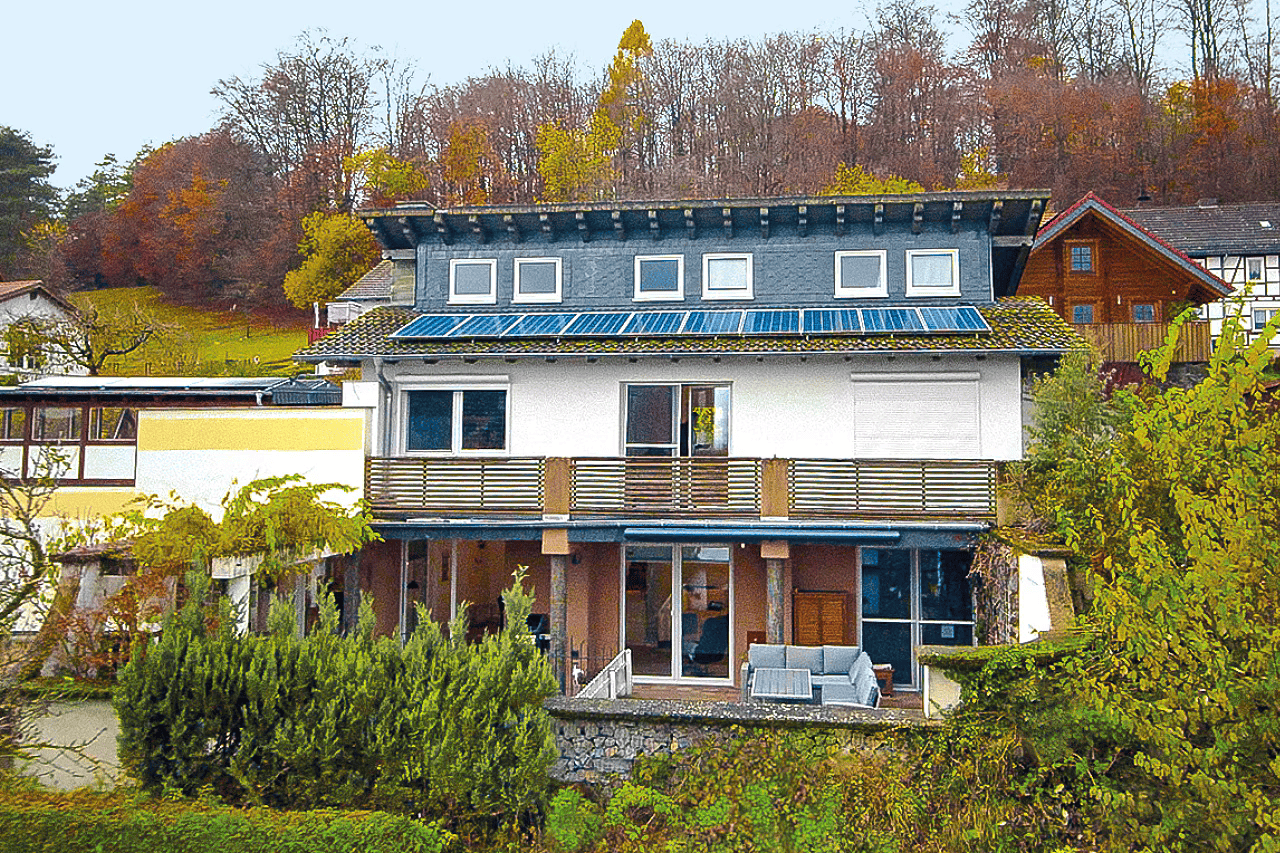
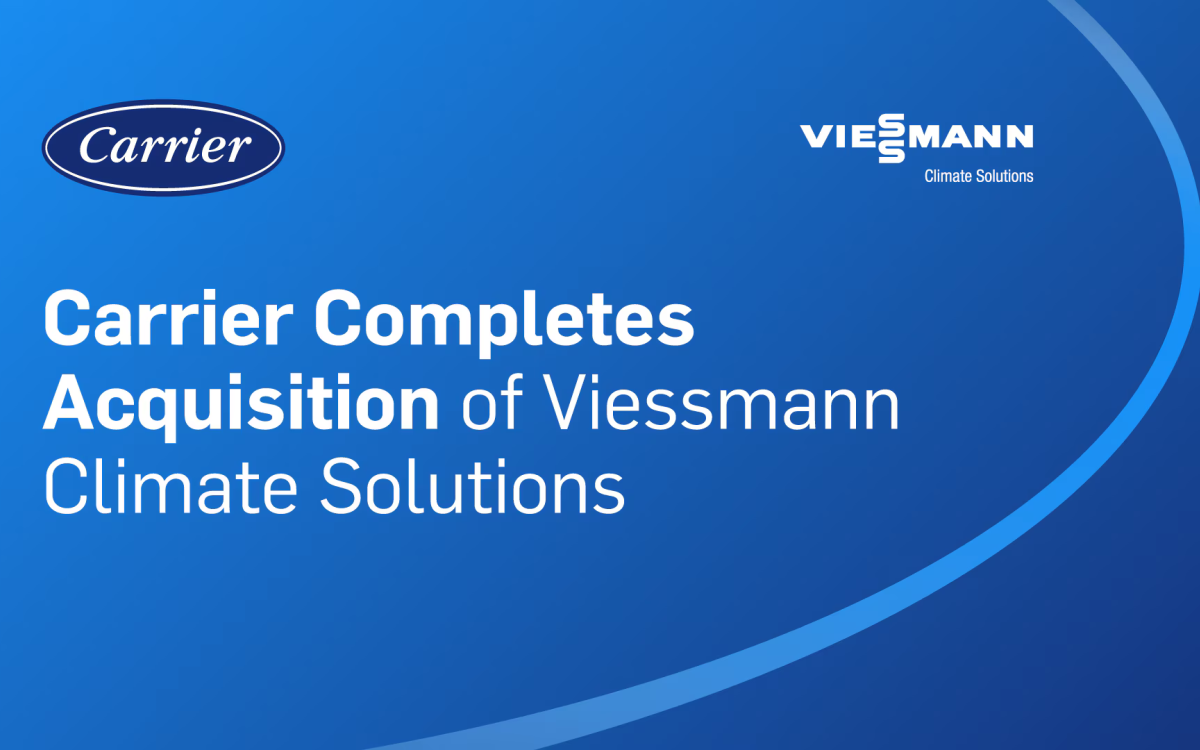
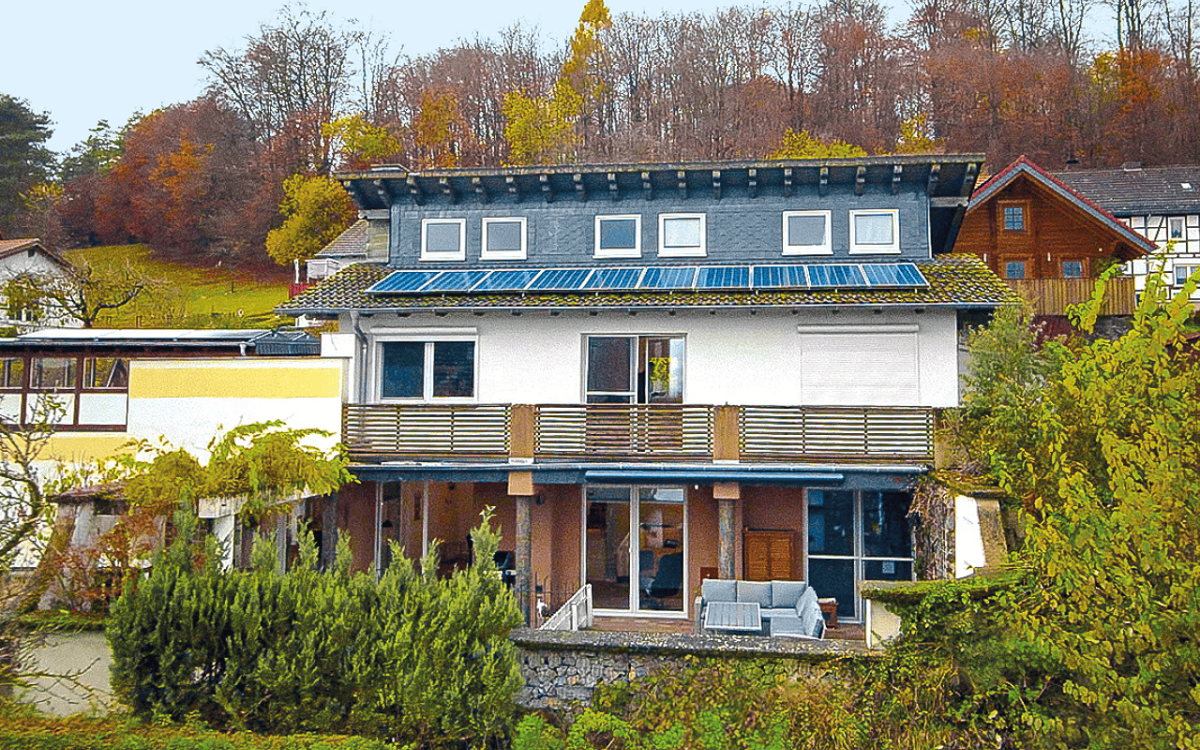
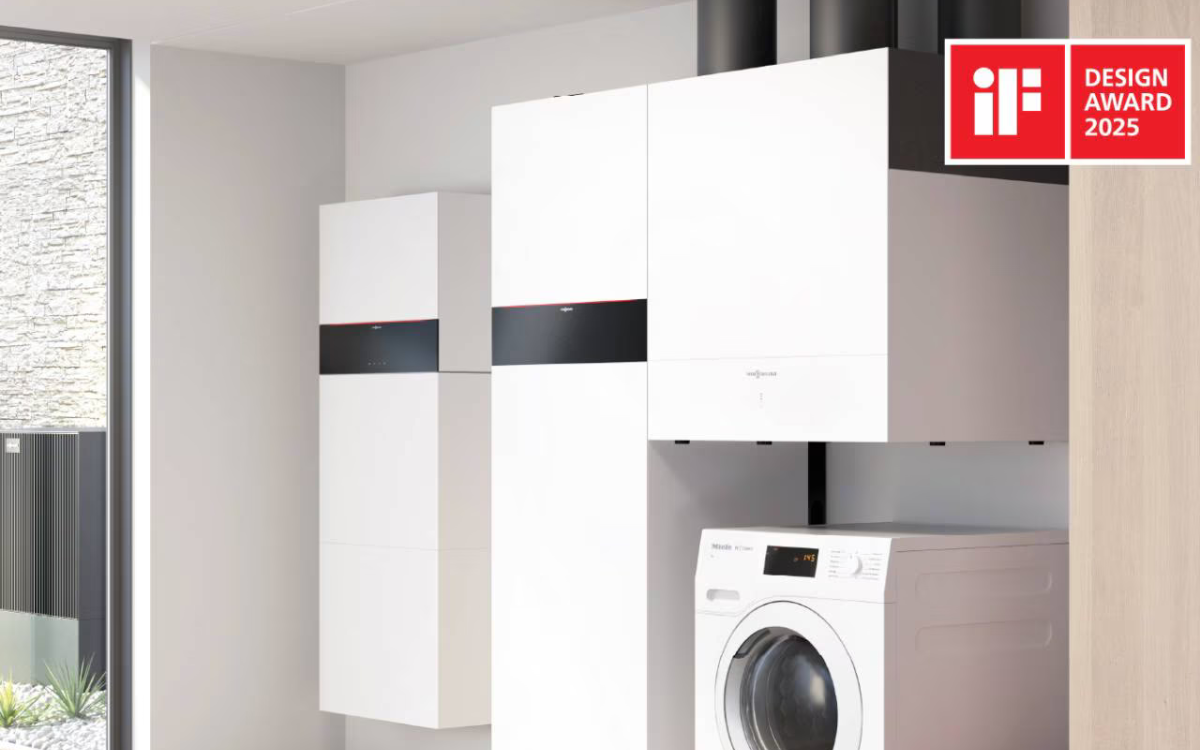

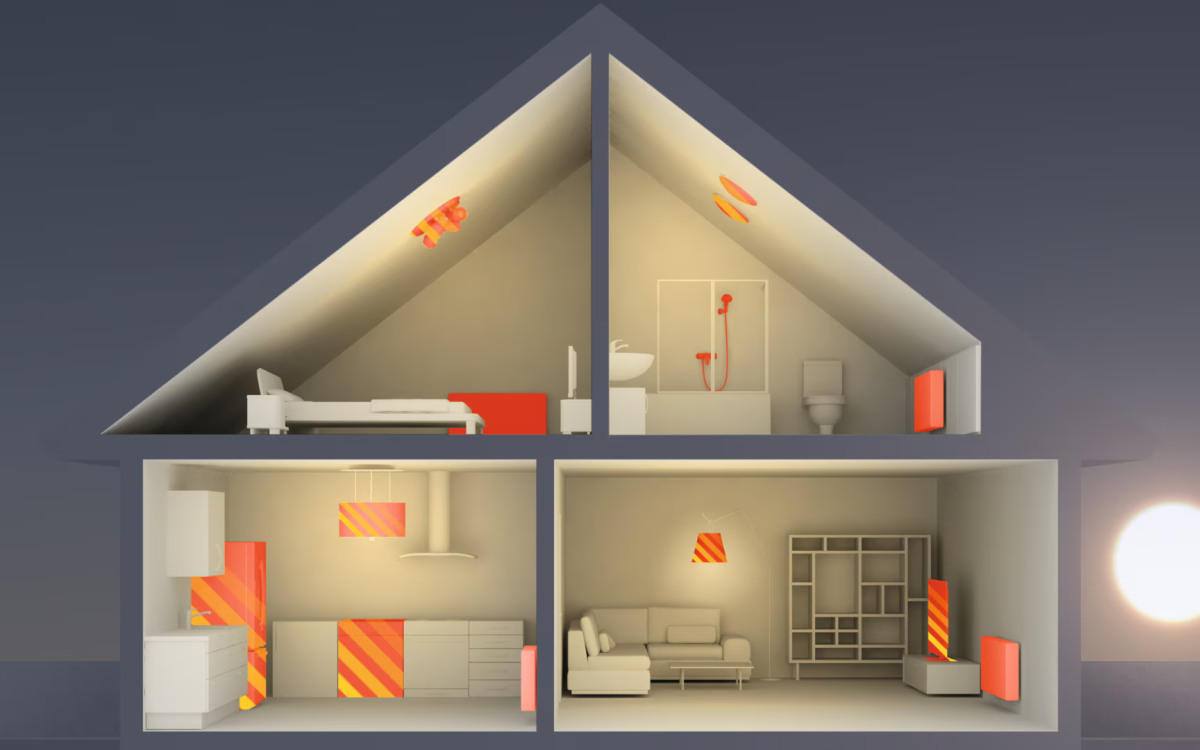
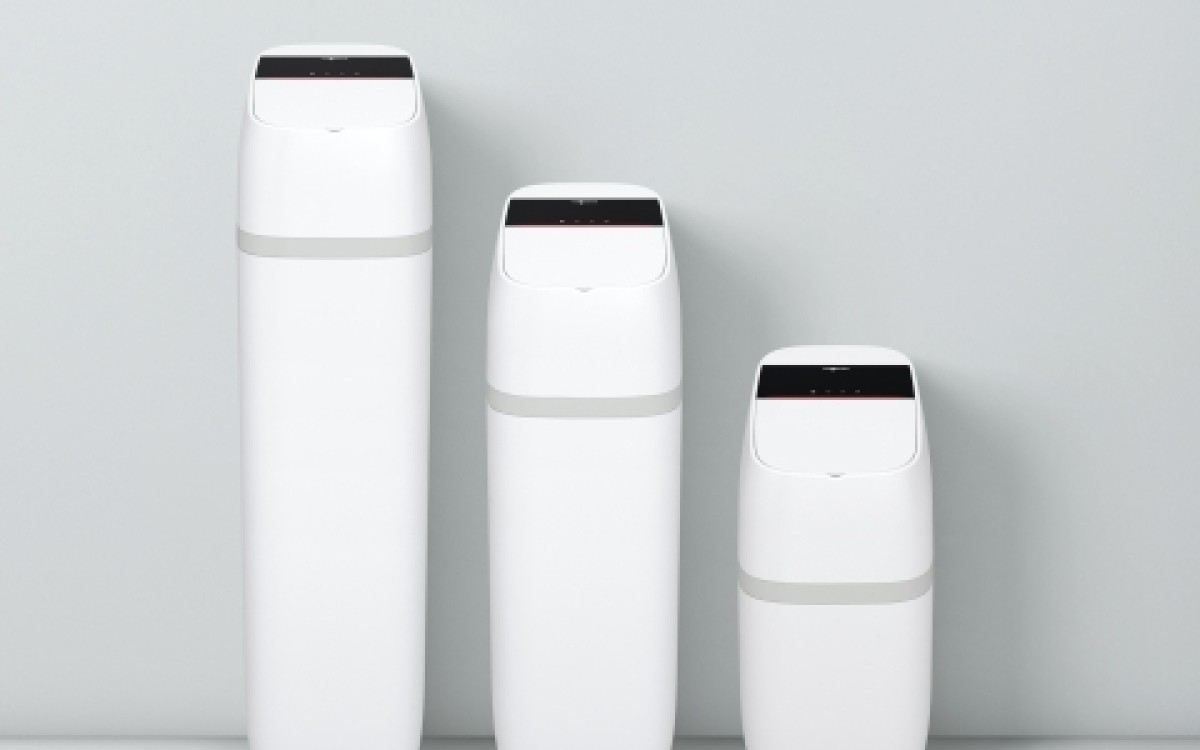
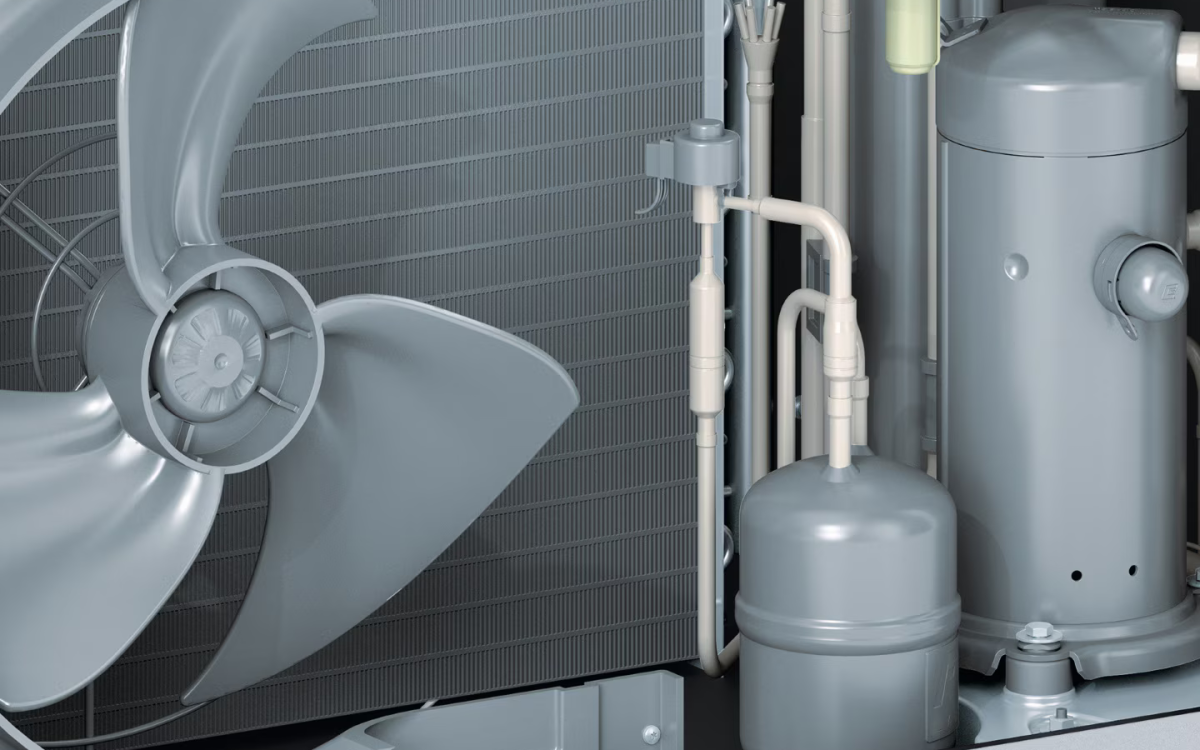
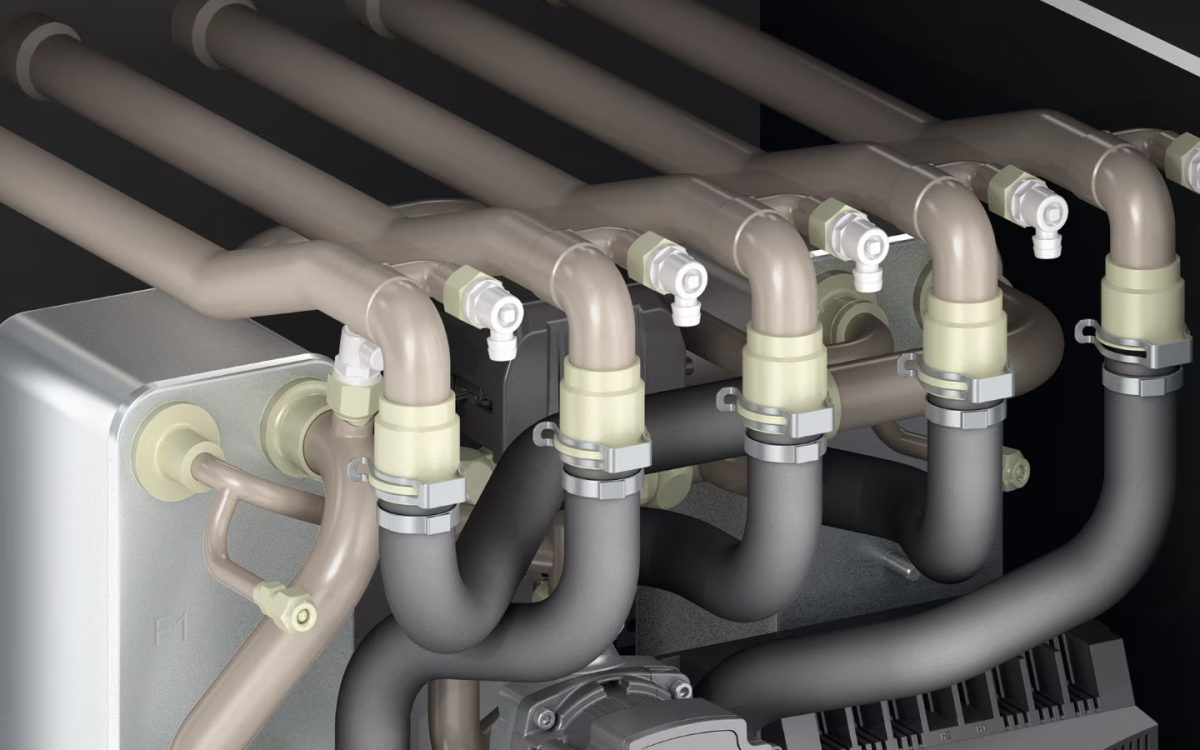
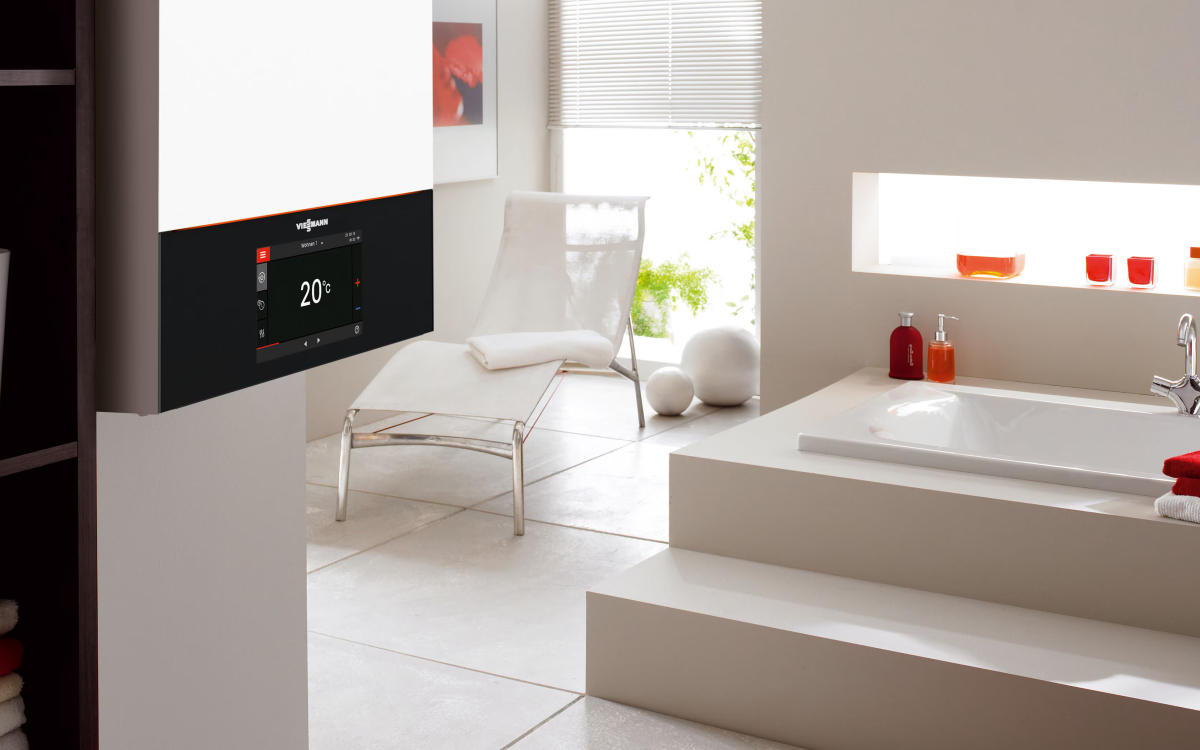
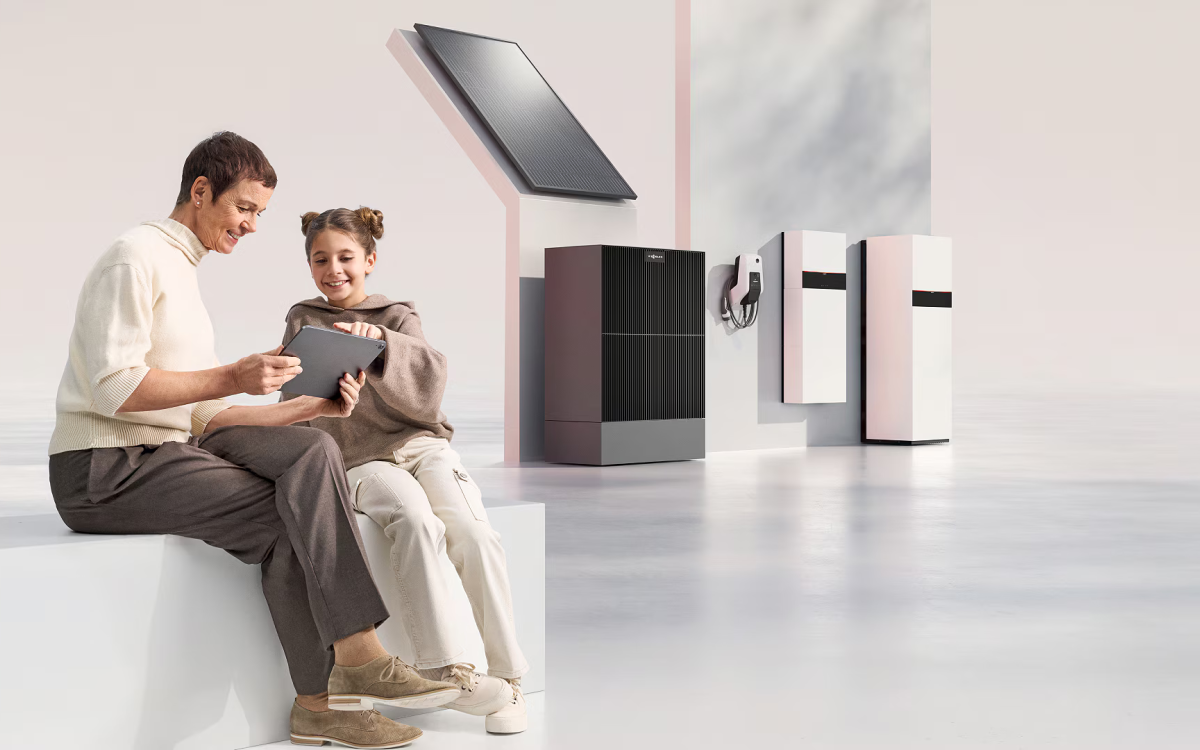
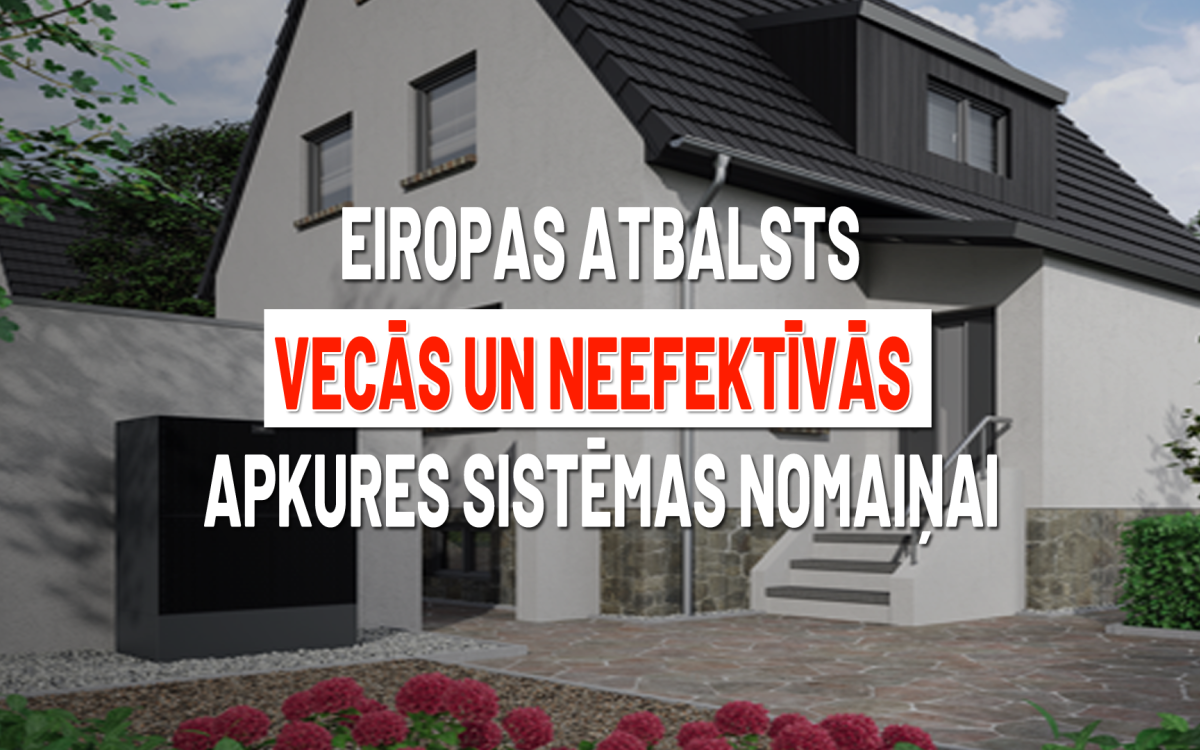
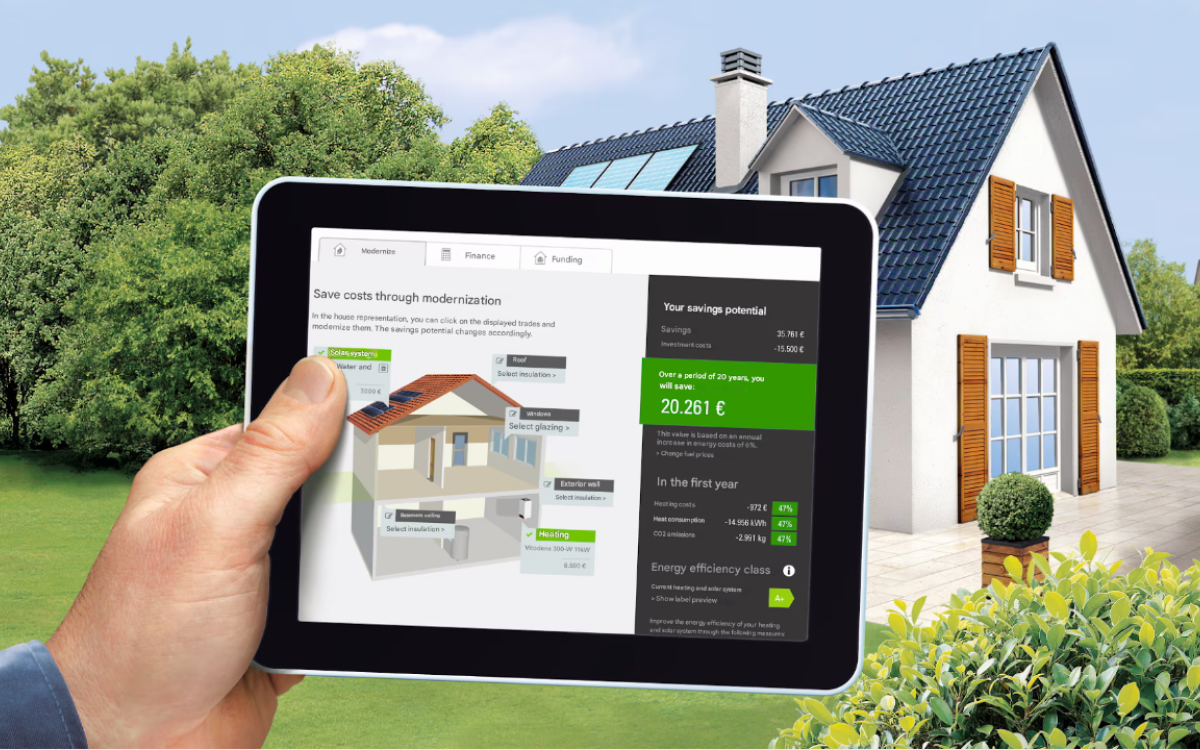
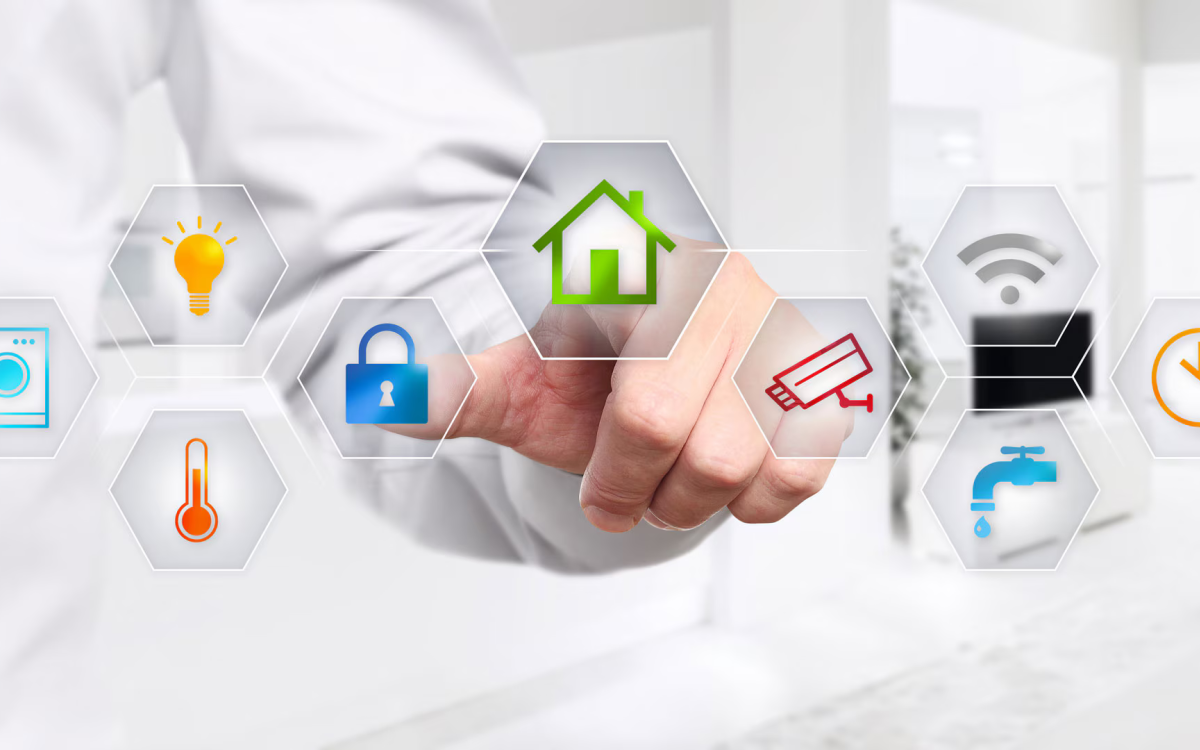
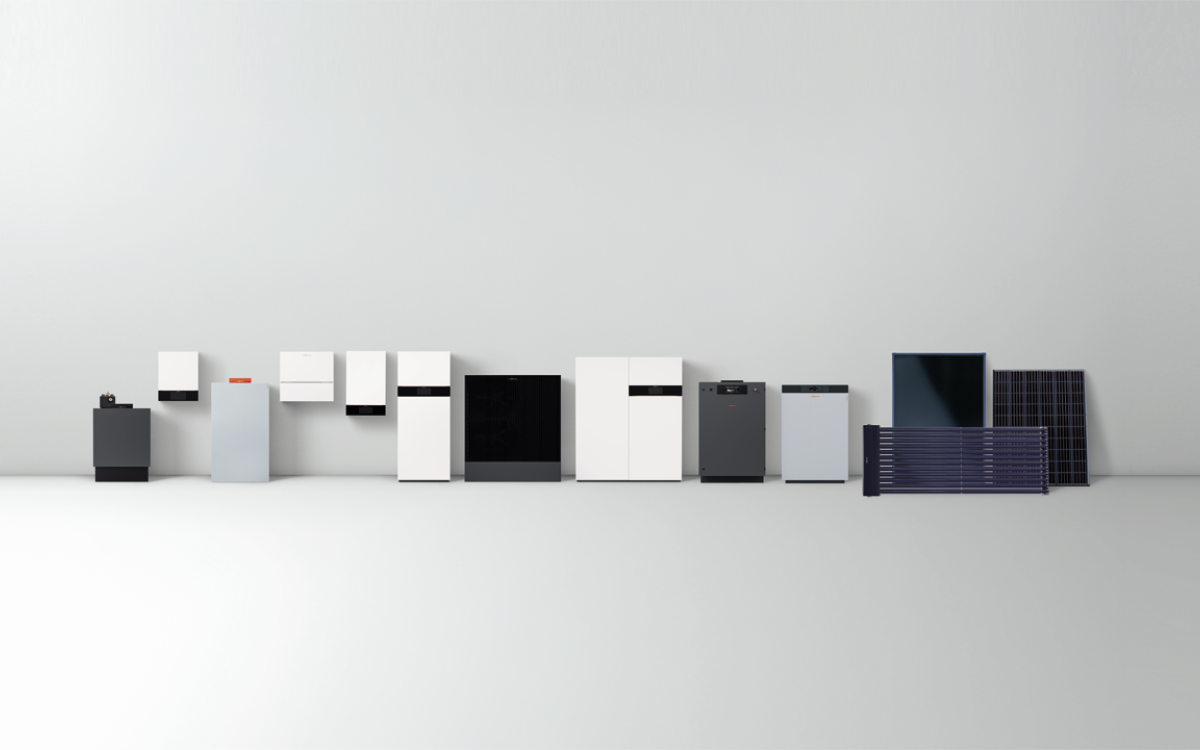
-1200x750w.png)
